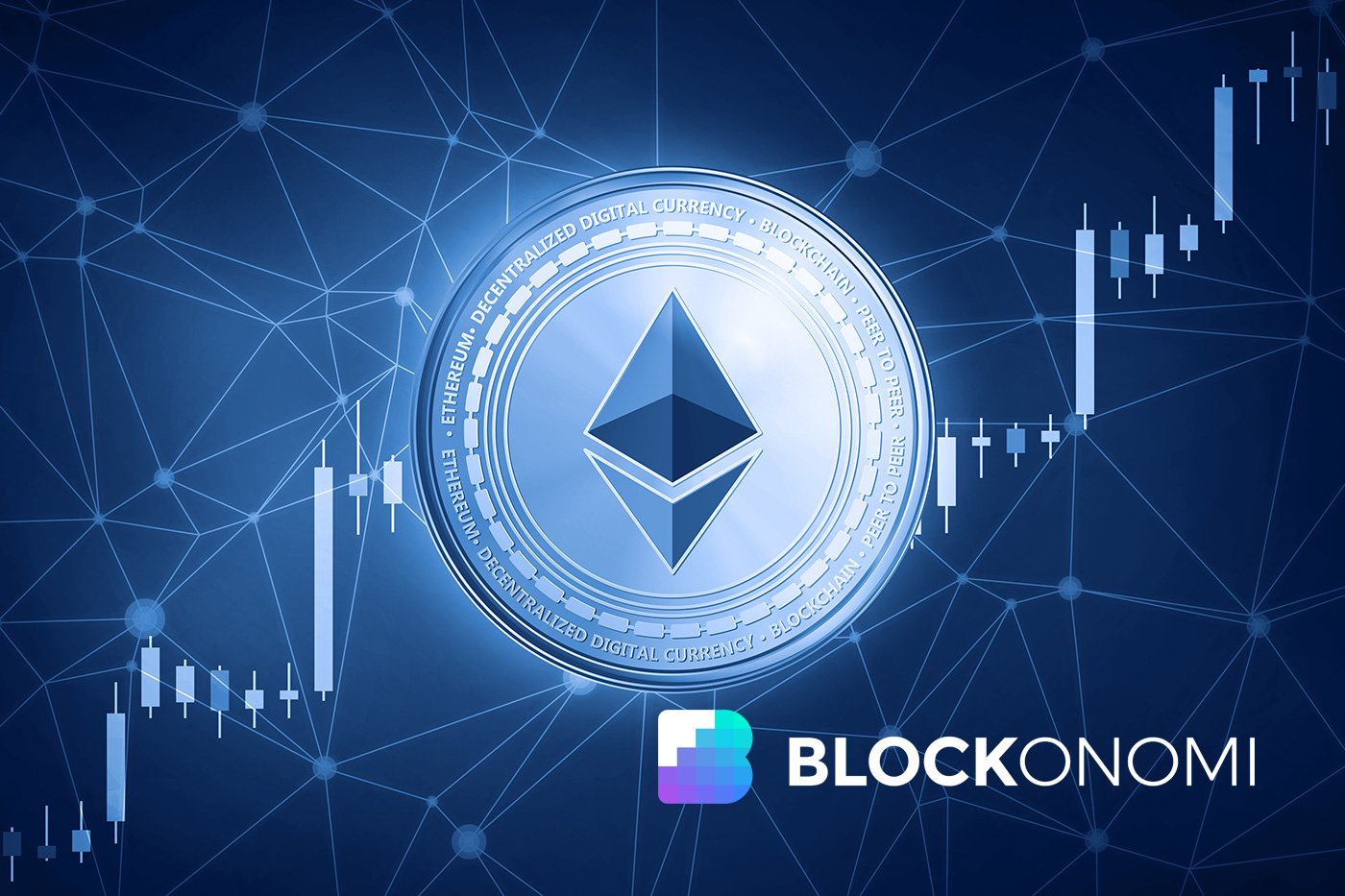Ethereum Price Set to Surpass $2,000: Staking on The Rise

[ad_1]

Contrary to expectations, the Shanghai upgrade has not triggered an exodus of users, but rather a surge in staking deposits on Ethereum. In fact, it looks like ETH may be ready to take on the $2,000 mark, at least in the short term.
Staking Activity On The Rise
According to recent data from blockchain firm Glassnode, Ethereum staking has been soaring in recent months. Following the Shanghai upgrade, daily staking deposits skyrocketed from 460 to an impressive 8,108.
This surge in activity was especially noticeable on June 2, when a staggering 13,595 deposits were recorded. These figures indicate a growing trend of investors opting to stake their Ethereum, showing increased confidence in the network’s long-term prospects.
One notable player in the Ethereum staking landscape is Lido Finance. Lido Finance offers liquid staking services, where users deposit Ethereum into a protocol that pools it with other users’ deposits and stakes it on their behalf. In return, users receive stETH, a token representing their staked position.
Lido has garnered attention due to its significant footprint in the network’s staking pools. However, concerns about centralization have been raised as Lido’s pools expand.
Lido is Hot
Despite calls for action, Lido’s dominance remains intact. Its supply of Staked Ethereum (stETH) recently reached a new all-time high of 7.49 million stETH, surpassing other pools.
Glassnode highlights that Lido’s supply is approximately 16 times larger than RocketPool (461,000 stETH); however, it has not observed a significant increase in new users.
Additionally, there have been interesting shifts in stETH’s presence within decentralized finance (DeFi) protocols. stETH’s collateral usage in lending protocols has seen an uptick, suggesting that investors are strategically maximizing their staking yields.
On the other hand, stETH’s liquidity in certain DEX pools has decreased, with a 39% drop in the largest stETH-ETH Curve Pool.
Spike in Whale Activity
As the price of ETH increased over the last week, there has been a noticeable rise in whale transactions. Data from IntoTheBlock reveals that ETH whales doubled their transaction counts over a few days, with the total number of transactions increasing from 2,120 to 3,230 in just 48 hours. Within 7 days, approximately $20 billion has been moved by ETH whales.
Notably, Ethereum’s whale wallets account for 42% of its total wallets, whereas Bitcoin’s whale holders make up only 11% of its total holder base.
While the high number of whale transactions can potentially affect the price of Ethereum, the recent data shows the opposite. The price of ETH has remained relatively stable and maintained its support at around $1,900. It suggests these whales may be moving their coins without immediate selling intentions.
Despite the increased whale activity, Ethereum’s trading activities have decreased significantly. Trading volume was down 27% on Monday.
Dencun Upgrade: Ethereum’s Next Milestone
Ethereum is eyeing the upcoming Dencun upgrade, set to be implemented within the year. This upgrade combines the consensus upgrade (Deneb) and the execution upgrade (Cancun) with a primary focus on EIP-4844, also known as Proto-Danksharding.
EIP-4844 aims to minimize gas fees in the Ethereum ecosystem by breaking down transaction data into smaller parts called “blobs.” This reduction in gas fees is particularly beneficial when using Rollup solutions.
Optimistic Rollup solutions are estimated to cost 3-8 times less than Layer-1 transactions, while ZK-Rollup solutions achieve even greater efficiency with gas levels 40-100 times lower than Ethereum’s Layer-1.
The adoption of the blob model not only reduces gas fees but also helps optimize the Data Availability problem faced by rollups. Successfully implementing this approach is a significant step towards Ethereum’s future Sharding ambitions.
The Dencun rollout has the potential to fuel further growth within the Ethereum ecosystem. The upgrade is expected to bring improvements and optimizations that can enhance the network’s efficiency and effectiveness.
[ad_2]
Source link
